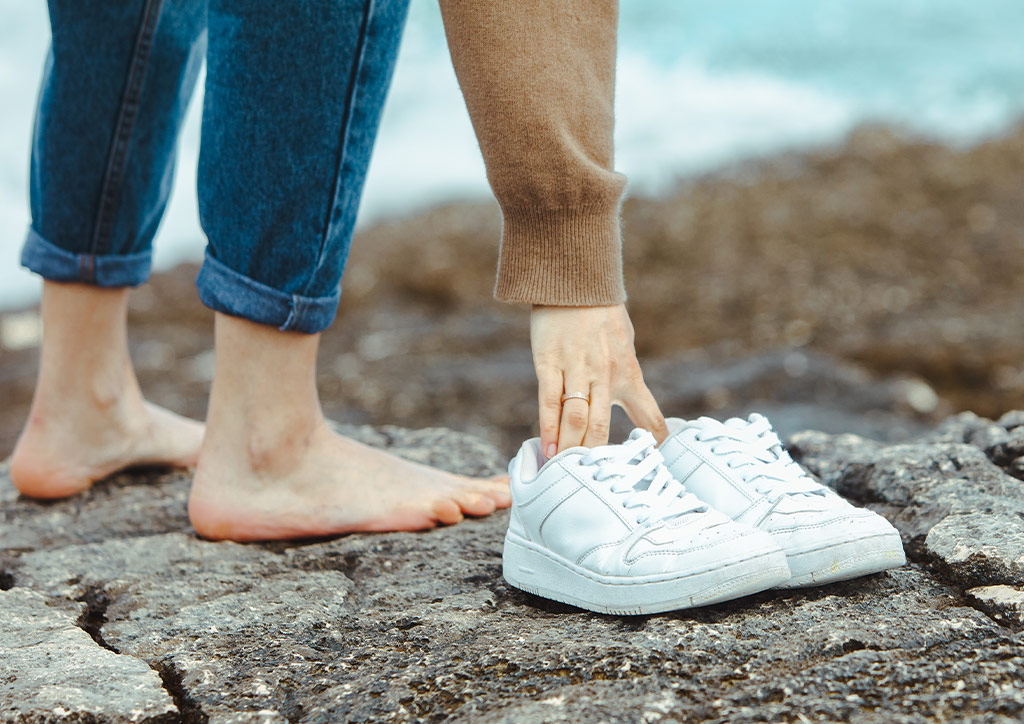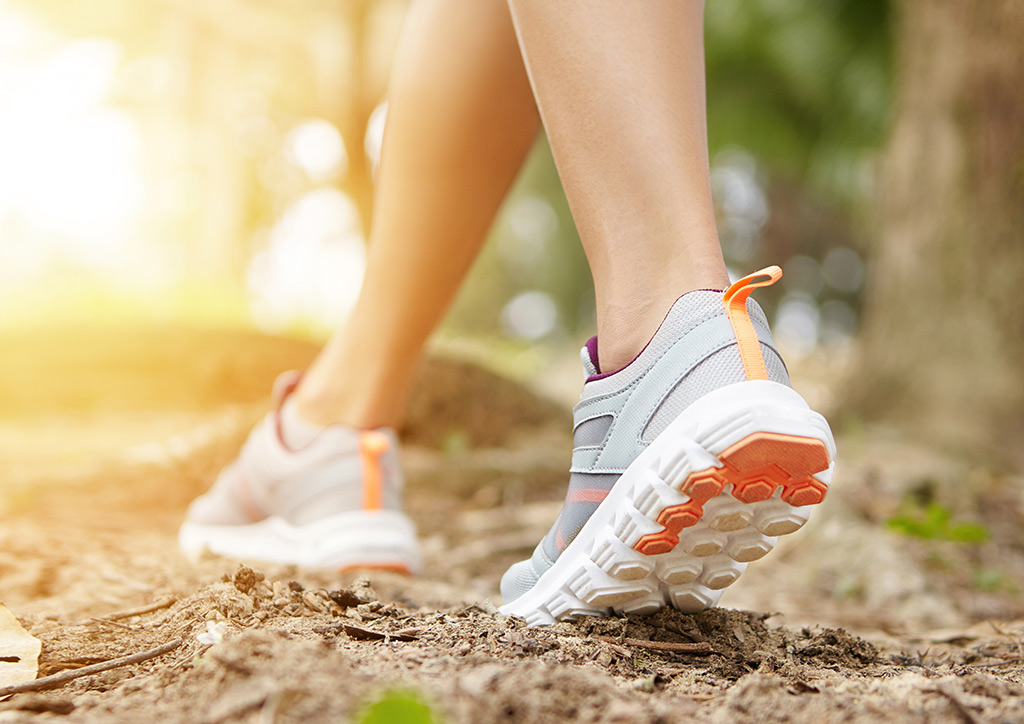Uncategorized
It’s a Shoe-In! How Science Helps Choose the Perfect Shoes
There is a science in finding comfort, class, and character in the perfect pair of shoes.
Moms are always on the move. Shopping, attending hen parties, hitting the grocery, or even just running after the kids — finding the perfect shoes is a must. If we’re going to chase running toddlers, at least let us do it in comfort. The best part is, there is a science that helps us pick what kind of shoes we should buy. Some shoes work better for some people because of their foot shape. Here are some science-backed tips on how to easily choose shoes.

1. The Structure of Your Foot Arch
Each person’s feet are shaped differently based on the width and height of their foot arches. There are three different categories: low, moderate, and high.
- Low – When a person’s foot has a low arch, it means a lot of the pressure from walking and running is distributed more on the heels. Also known as being flat-footed, people with low arches are known to be overpronators. This means heels can be quite painful to wear and the shoes we need to buy require a lot of cushioning.
- Moderate – The arch, being shaped just right, means the pressure and force on our feet are equally distributed. Although it means we can be a little more flexible, that does not mean our feet do not get tired.
- High – Those with high arches, or supinators, are usually capable of wearing narrow shoes. However, since the arches are high, the weight is distributed to the edges of the feet. This means we often walk on our toes instead of the balls of our feet.
Knowing how our arches are structured makes it a whole lot easier to choose a pair of shoes that won’t be painful to wear.
2. Acidity of one’s sweat
One of the greatest frustrations of any person is to have their shoes smelling like something died in them because of their sweat being too acidic. Normally, people have acidic sweat because of an imbalance in their diet. While adjusting the diet, the smell and damage from acidic sweat of the feet can be dealt with temporarily via foot powder or charcoal socks. Acidic sweat is hard to clean when wearing leather or mesh shoes.
3. Choose shoes that help your sense of balance.
Indirectly related to the feet, the sense of balance is normally controlled by a specific part of the ear known as the vestibular system. The vestibular system can be affected by malfunctioning body systems. Low blood pressure, high blood pressure, hormonal imbalance — all these things can affect one’s sense of balance. But these can be dealt with by choosing shoes that have a lot of cushioning which is why those who suffer from vestibular imbalance need shoes that feel like “clouds on the feet”.
4. The foot’s skeletal (or bone) structure can affect which shoes to choose.
Different feet shapes mean different reactions to the shoes. There are some people who can wear heels and there are those who can’t. Some have wide feet, which makes wearing pointed pumps extremely painful. Those with narrow feet may find it difficult to balance on stilettos or not have the same strength to sprint. Knowing how to choose the perfect shoes also means knowing how your feet are shaped to avoid those nasty blisters.

Trends are nice but scientifically-backed trends are even better!
We always want to make the most out of our shoes. Especially if they’re branded, we want to assure our return on investment (ROI) when choosing the perfect pair. While some do look nice to look at, the true question is if we can look good and feel comfortable in them. Some brands do check your feet and prefer using science to help you find your perfect shoes. That way, you know it’s something you can easily wear every day.
More about shoes and fashion:
We Love How These Moms Matched Their White Sneakers with Their Outfits!
The 3 Cs of Mom’s Shoes: Class, Character, and Comfort
Join the Modern Filipiniana Movement with These Shops!





